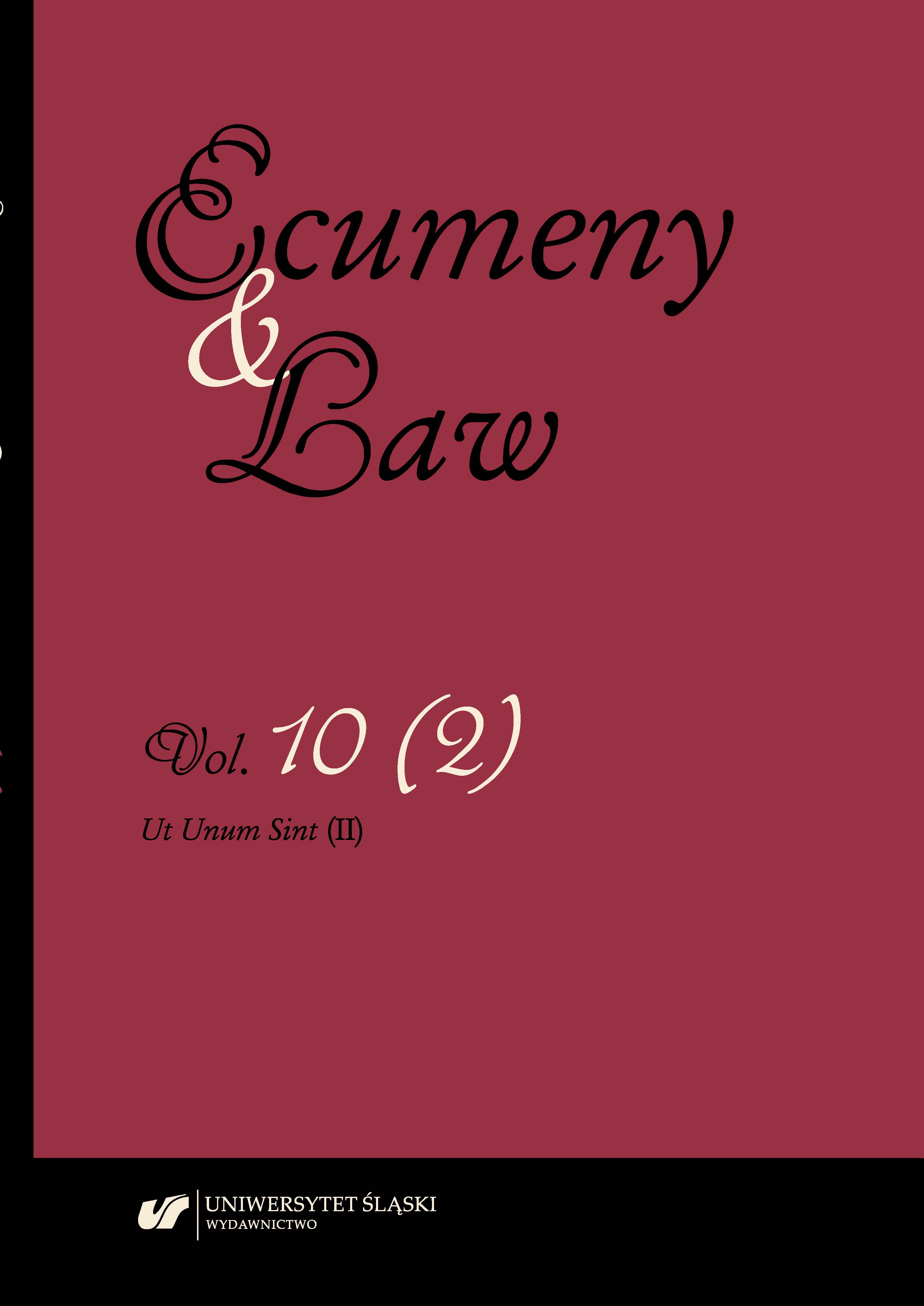

 https://doi.org/10.31261/EaL.2022.10.2.07
https://doi.org/10.31261/EaL.2022.10.2.07
The reference point for deliberations is constituted by two documents: the Apostolic Constitution of Francis Episcopalis communio and the final document of XV General Assembly of the Synod of Bishops dedicated to the problems of young people Young People, the Faith, and Vocational Discernment. The synodal document presented the issues which were not discussed during the synodal sessions and concern the synodal path of the Church. The author reflects on common elements of both documents and interprets each of them in the light of the other one. He highlights the element of discernment of gifts, charisms, and conscience, which determine the position of the faithful in the ecclesial community and influence the bonds between them and the pastors of the Church. Extending the area of implementation of the synodal character of the Church allows the author to ask the question about the model of the presence of the Church in the world. The
author points out similarities between the synodal way and the methodology of ecumenical dialogue, which may affect summoning of the Synod dedicated to ecumenical issues.

Vol. 10 No. 2 (2022)
Published: 2022-12-31
 10.31261/EaL
10.31261/EaL